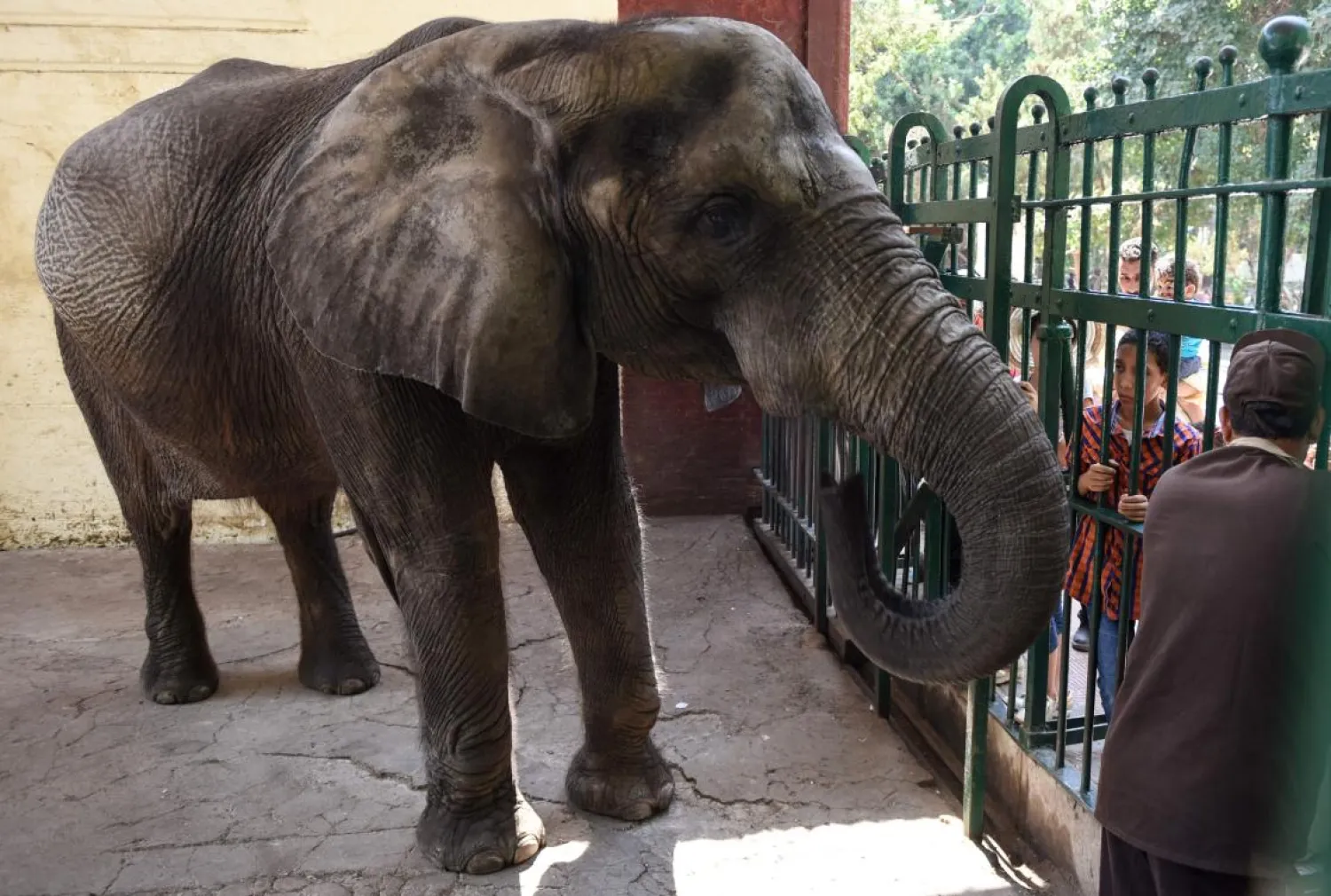Governments and employers should take urgent action to help protect the health of workers who are increasingly exposed to extreme heat, the United Nations said on Friday.
Climate change is making heatwaves more common and intense, and workers worldwide are already experiencing the health impacts, the agencies said in what they described as a “much needed” major update of a report and guidance last published in 1969.
Worker productivity drops by 2-3% for every degree above 20°C, the report said, with half of the world’s population already suffering the adverse consequences of high temperatures.
The health risks include heatstroke, dehydration, kidney dysfunction and neurological disorders, said the World Health Organization and the World Meteorological Association.
Manual workers in sectors like agriculture, construction and fisheries, as well as vulnerable populations like children and older adults in developing countries, were particularly at risk, they added.
"Protection of workers from extreme heat is not just a health imperative but an economic necessity," said WMO Deputy Secretary-General Ko Barrett.
In response, the agencies called for heat action plans tailored to regions and industries, developed alongside workers, employers, unions and public health experts.
Unions in some countries have pushed for maximum legal working temperatures, for example, which the agencies said was an option but would likely differ globally depending on the context.
They also called for better education for health workers and first responders, as heat stress is often misdiagnosed.
The International Labour Organization recently found that more than 2.4 billion workers are exposed to excessive heat globally, resulting in more than 22.85 million occupational injuries each year.
"No-one should have to risk kidney failure or collapse just to earn a living," said Rüdiger Krech, director ad interim for environment, climate change and health at the WHO, at a press conference ahead of the report’s release.









